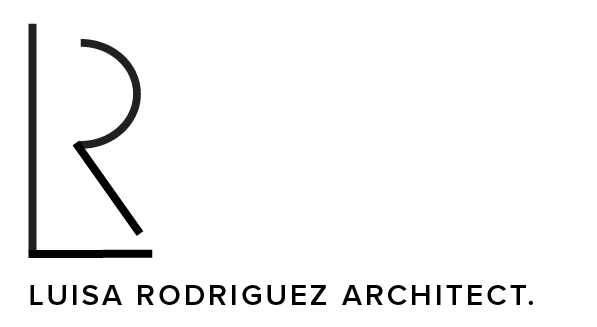¿ Cómo podemos mitigar y enfrentar los efectos de una crisis hídrica en nuestras ciudades, paisajes y áreas rurales ?
¿ How can we mitigate and cope with the effects of a water crisis in our cities, landscapes and rural areas ?
Concurso de diseño arquitectónico: Waterless World - Non Architecture.
Premio obtenido: Finalistas.
Equipo colaborador: Tres Puntos Estudio.
2021
_________________________
La temperatura de los centros urbanos es alta debido a los materiales en los que se construyen, aumentando así el efecto invernadero y reduciendo la calidad de vida de los habitantes de la ciudad. City Skin es un nuevo elemento urbano que permite la reducción de la isla del efecto invernadero, la absorción de la humedad del aire, y su posterior redistribución, crear nuevos escenarios en espacios públicos y vacíos urbanos. La malla de poliéster está anclada a los edificios existentes, captando y drenando la humedad del aire y la lluvia, transportando torrentes de agua a un sistema de redistribución, permitiendo así un mejor uso del agua de lluvia. Además, esta malla matiza los rayos solares que chocan sobre superficies duras que absorben el calor, y por lo tanto, la temperatura se reduce. Finalmente, este sistema forma una nueva forma de habitar la ciudad, bajo una intrincada malla que permite la aparición de hitos y espacios alrededor del agua en huecos urbanos, de esta manera, se hace visible y más evidente el papel del agua como elemento fundamental para la vida.
Architectural design competition: Waterless World - Non Architecture.
Prize awarded: Finalist.
Team / Collaborators: Tres Puntos Estudio
2021
_________________________
The temperature of the urban centers is high due to the materials in which they are built, thus increasing the greenhouse effect and reducing the quality of life of the inhabitants of the city. City Skin is a new urban element that allows the reduction of the island heat effect, the absorption of moisture from the air, and its subsequent redistribution, create new scenarios in public spaces and urban voids. The polyester mesh is anchored to existing buildings, capturing and draining moisture from the air and rain, transporting torrents of water to a redistribution system, thus allowing better use of rainwater. Besides, this mesh shades the sun’s rays that collide on hard surfaces that absorb heat, and therefore, the temperature is reduced. Finally, this system forms a new way of inhabiting the city, under an intricate mesh that allows the appearance of landmarks and spaces around water in urban voids, in this way, the role of water as a fundamental element for life is made visible and more evident.
